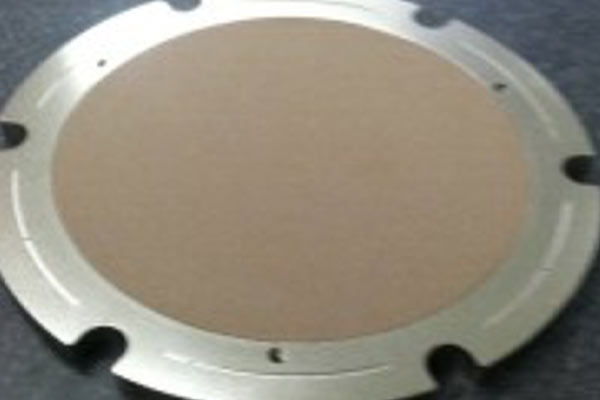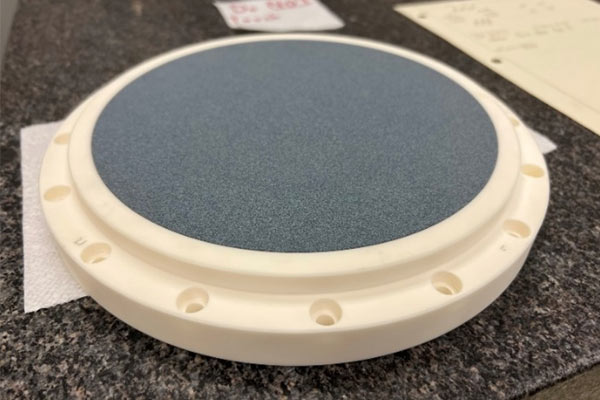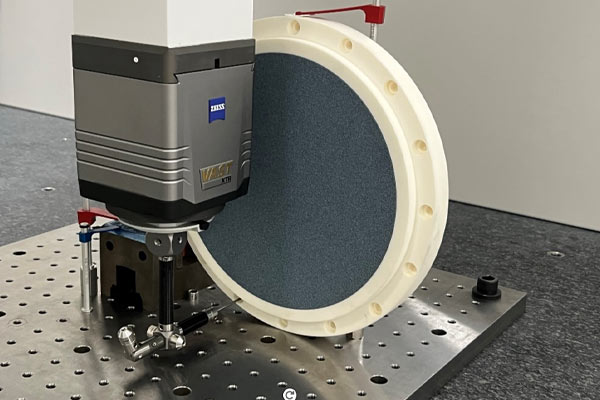Wafer Chucks
Arcnano manufactures both OEM replacement and custom wafer chucks in porous ceramic, stainless steel, Ni plated copper and other materials.
We achieve < 2um flatness and parallelism over 150mm and < 8um over 300mm.
6” Arcnano model of vacuum chuck (generic) with vacuum attach



